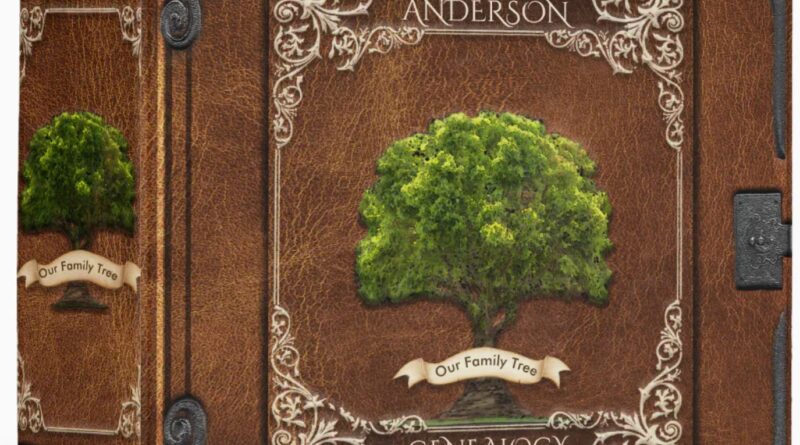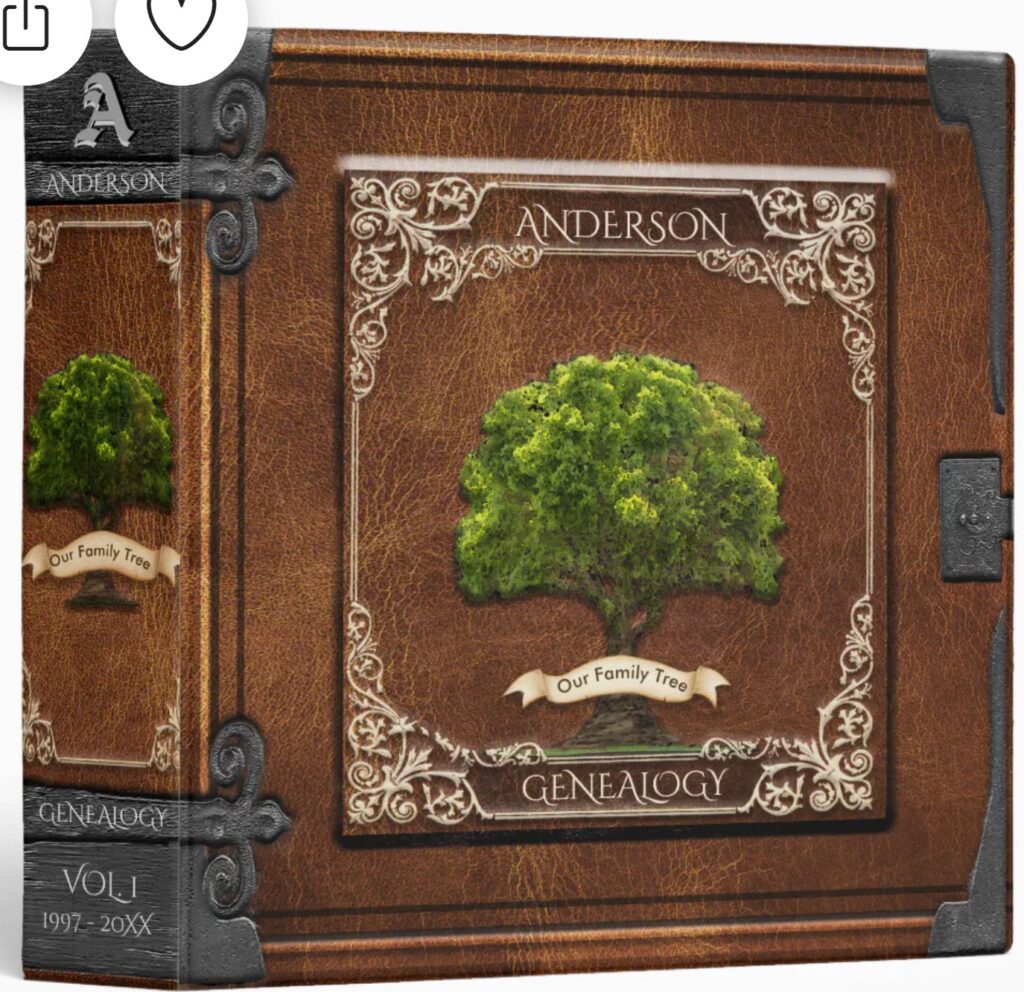Heritage Keeper: The Essential Avery Family History Binder by Amelia Carrie
In the quest to preserve your family’s legacy, the ‘Heritage Keeper’ Avery Family History Binder designed by Amelia Carrie stands out as an indispensable tool. This Avery binder, available on Amazon, is more than just a storage solution—it’s a vessel for generations of stories, achievements, and genealogical records.
Durability Meets Design Crafted with the renowned quality of Avery products, the binder boasts a sturdy construction that ensures your family documents are protected for years to come. The robust rings hold pages securely, allowing for easy organization and viewing without the risk of wear and tear.
Customized for Your Clan What sets this binder apart is the personal touch by artist Amelia Carrie. The elegant, leather-like cover featuring a customizable family name exudes a sense of tradition and belonging. It’s not just a binder; it’s a piece of heritage that can be showcased with pride.
Embrace the Journey of Discovery Genealogy is more than names and dates; it’s about understanding the journey of those who came before us. This binder provides a structured way to compile research, photos, and mementos, making the exploration of your roots a fulfilling experience.
A Gift That Spans Generations Presenting this binder as a gift is a thoughtful way to encourage loved ones to engage with their ancestry. It’s an invitation to add to the family narrative, ensuring that the tapestry of your lineage continues to grow.
Effortless Organization With customizable dividers and pockets, the binder is a genealogist’s dream, helping to categorize information from different branches and times, making research intuitive and accessible.
Accessible Heritage Available on Amazon, obtaining this binder is convenient for anyone embarking on a genealogical quest. The trusted platform ensures a seamless purchase experience.
In summary, the Avery Family History Binder is not just a purchase; it’s an investment in your family’s history. With its blend of aesthetic appeal and functional design, it’s an essential for anyone serious about genealogy.


